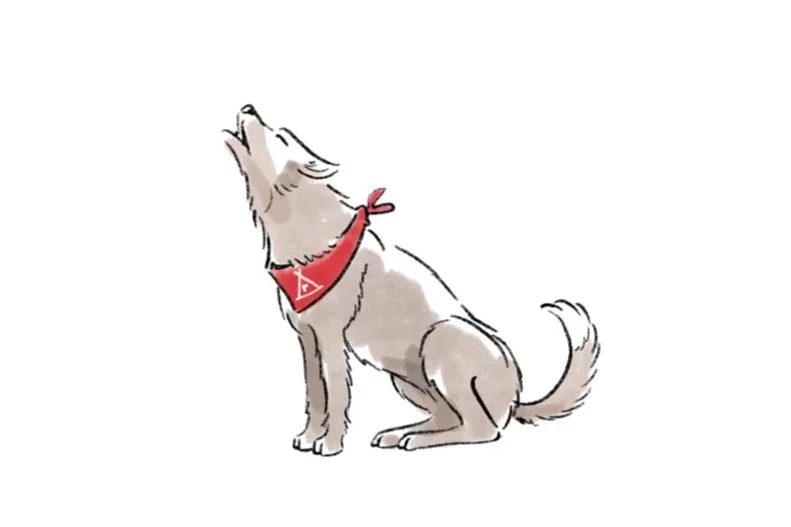Collaboration Strategies Teams Use to Improve Pitches and Buy-In
I love building and delivering pitches.
But here’s my confession: I hate brainstorming them.
Not because brainstorming can’t be fun. Not because it doesn’t lead to great ideas. But because it’s rarely done well.
Loose rules. Over-enthusiastic participants rushing to execution before they’ve nailed the core idea. Rogue personalities derailing momentum just as things are getting good.
It can be frustrating. And it can kill a great pitch before it even gets started.
For years, I avoided these sessions altogether. I’d work alone, then bring the team together late in the process—when we’d try to force alignment after the fact.
Unsurprisingly, there were always glitches.
Different people showing up with inconsistent slides.
Conflicting takes on the same challenge.
Last-minute debates about approach, tone, and direction.
We needed a better way.
Want more (and better) ideas? Start alone.
It turns out the solution wasn’t more brainstorming—it was less of it, done differently.
A recently published Harvard Business Review article by Yaroslav, Danylchenko and Stocksy, 3 Common Fallacies about Creativity, confirmed what research has been saying for years:
If you want more (and better) ideas, start by working alone.
A Yale study found that groups in which individuals first generate ideas separately can produce twice as many ideas as traditional brainstorming teams—especially in diverse groups.
This approach isn’t just theoretical. It’s standard practice in focus group research, where facilitators separate participants before discussion to avoid the loudest voice dominating the room.
At Pitch Camp, we now use this same process.
We ideate alone first, then bring ideas back to the group—where we refine, improve, and build on them together.
The Pixar Rule: Criticism without solutions is useless
Of course, just having more ideas isn’t enough.
You still need to make sure the right ones survive.
That’s where Steve Jobs’ Pixar strategy comes in.
When Jobs took over Pixar, it was struggling to create a blockbuster hit, despite being packed with some of the smartest creative minds in the business.
His solution? Fixing how teams handled criticism.
Instead of allowing people to shoot down ideas outright, he instituted a policy of “plussing”—where you could only offer criticism if it included a potential solution.
This simple shift transformed Pixar’s creative process.
Critics became collaborators.
Debate became constructive, not destructive.
Team members built on each other’s work instead of tearing it down.
And the result? A string of blockbuster films, starting with Toy Story.
At Pitch Camp, we shamelessly steal this strategy.
In our internal workshops, we follow the same two-step process:
Everyone generates ideas alone first.
We only critique ideas if we can improve them.
No tearing down. No idea assassinations. Just constructive collaboration.
It’s helped us create some of our best work—including our One Percenters and Book Club insights.
How to Apply This to Your Next Pitch Collaboration
Start apart before coming together.
Have each team member ideate individually before any group discussion.
Capture insights without outside influence.
Only then, bring everything back to the table.
Use ‘plussing’ to refine, not reject.
No tearing down ideas without offering a way to build them up.
Encourage debate—but make sure it’s constructive, not critical.
Balance individual thinking with team alignment.
Lone wolf ideation + team-based refinement = best results.
Avoid the trap of either isolated thinking or messy group chaos.
The End Result? A More Polished, Aligned, and Effortless Pitch.
When you use this process, something shifts.
Ideas flow more freely.
Alignment happens naturally, not forcefully.
Your pitch feels more cohesive—because it was built that way from the start.
So, at your next pitch collaboration, try this:
First, think alone. Then, build together.
It’ll eliminate unnecessary friction and add the polish your process deserves.
Happy pitching—together,
Pete

